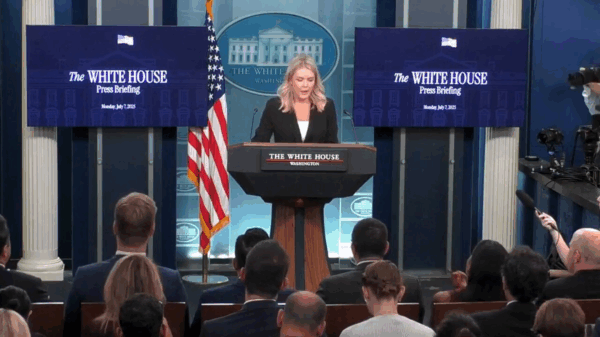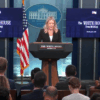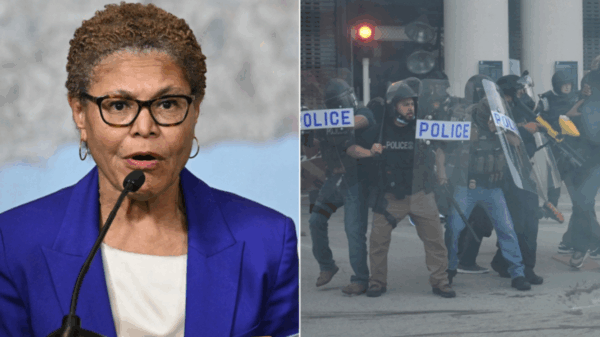A woman known online as “DeesKnots” filmed herself making and then stabbing dolls modeled after President Donald Trump and Senator J.D. Vance, the videos reaching around 70,000 followers on TikTok. The user, who identifies with she/her pronouns, described the act as “a little stress relief” in her captions.
The videos sparked immediate backlash—critics denounced the imagery as violent and inappropriate, suggesting they exemplify growing intolerance and tension within political discourse. Some experts contend that while performance art or satire has a place, the use of potentially threatening symbols warrants scrutiny and concern.
In conjunction with these disturbing clips, broader demographic data has emerged highlighting significant mental health trends. A 2020 Pew Research Center survey revealed that 56% of young white women (ages 18–29) who identify as liberal report having received a mental health diagnosis from a medical professional.
While it is impossible to draw direct causality between political ideology and mental health conditions, observers note that increased awareness and access to care—particularly among liberal-leaning young women—is likely contributing to higher diagnosis rates.
The data may reflect both greater openness in seeking help and a willingness to seek care, rather than suggesting that liberalism itself is harmful .
“56% of white liberal women between 18 and 29 reported a mental health diagnosis” contrasts sharply with significantly lower rates among both conservative and moderate white women of the same age group.
Experts caution interpreting the figures, noting differences in healthcare access, cultural attitudes toward mental health, and patterns of self-reporting.
While the TikTok videos reflect one individual’s approach to handling stress, the broader data highlights ongoing conversations about mental health, political identity, and social behavior.
The intersection of viral content and serious national trends underscores a complex cultural moment—where digital expression, political division, and mental well-being collide.























